DataOps applies agile engineering and DevOps best practices to data management and analytics, supporting continuous improvements and better business outcomes.
What is DataOps?
For DataOps success, foundational components such as provisioning, configuration, and self-service must be automated as much as possible, with the foundational requirements of the data pipeline (the ingestion, integration, quality, testing, deployment, and monitoring of the data) intricately connected by orchestration. Manual efforts alone cannot keep pace with the amount of data generated, making automation key.
Why automation is the key to DataOps

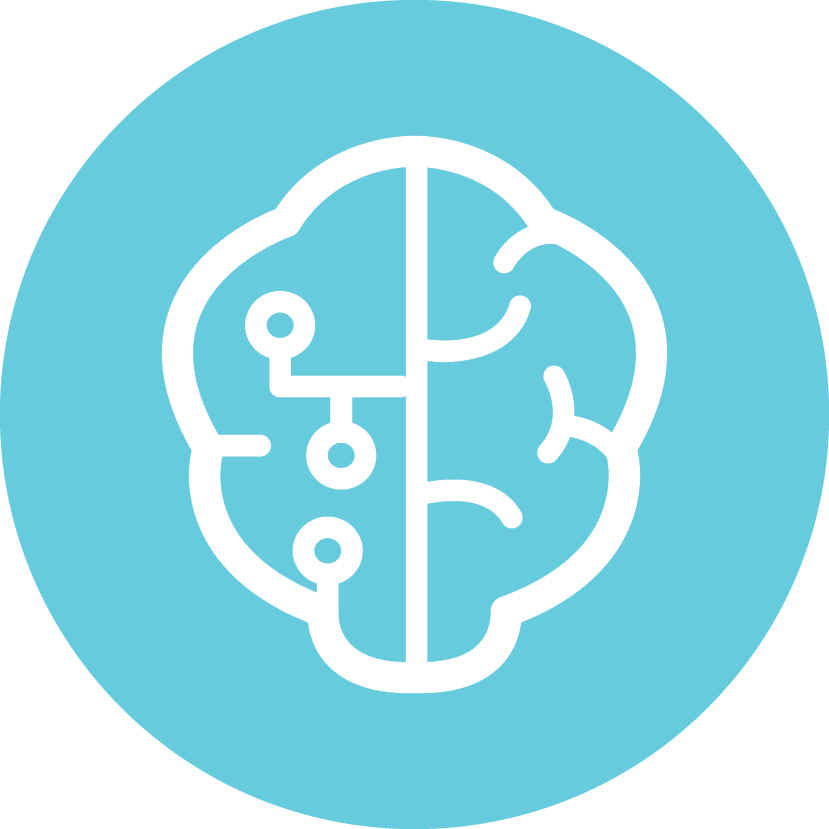
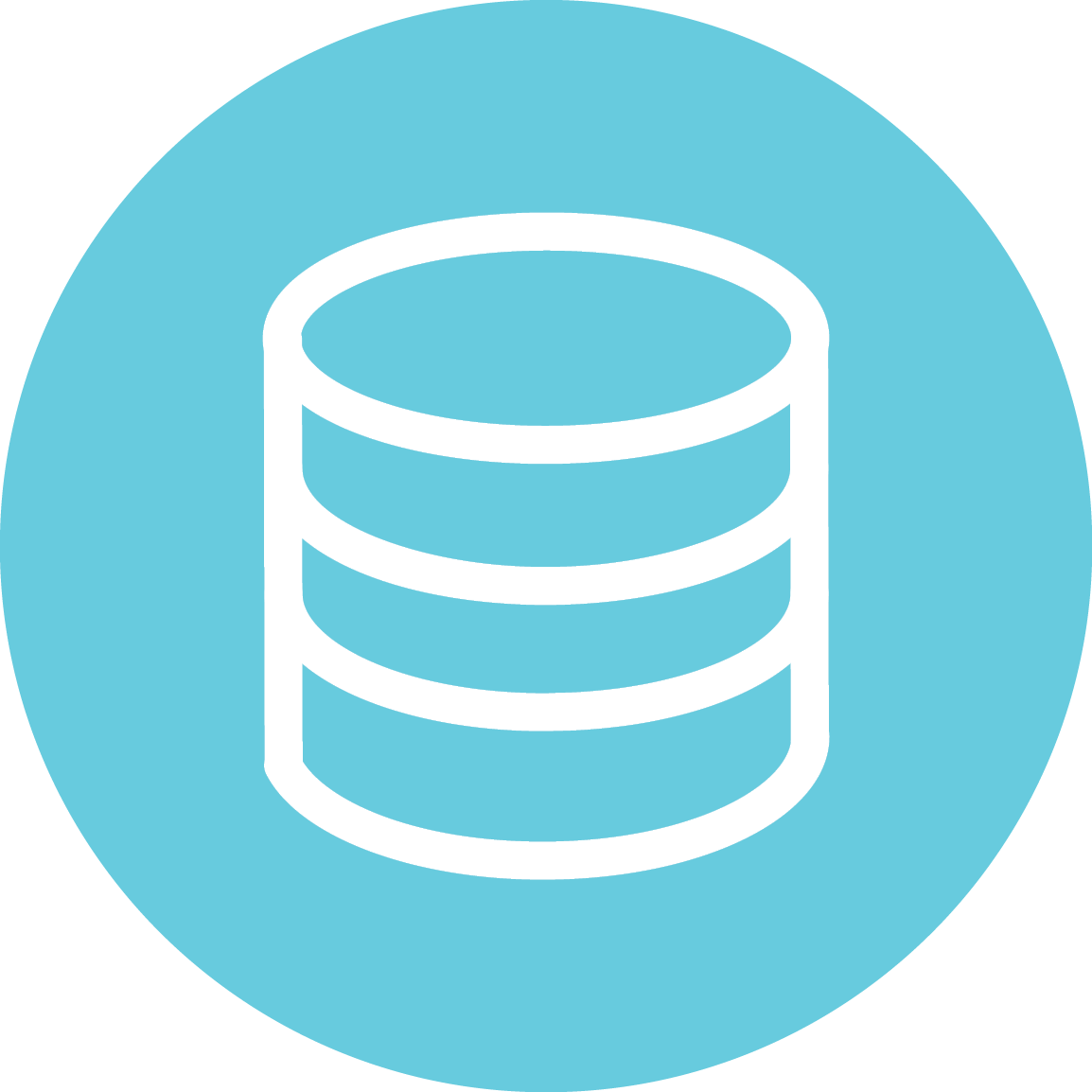

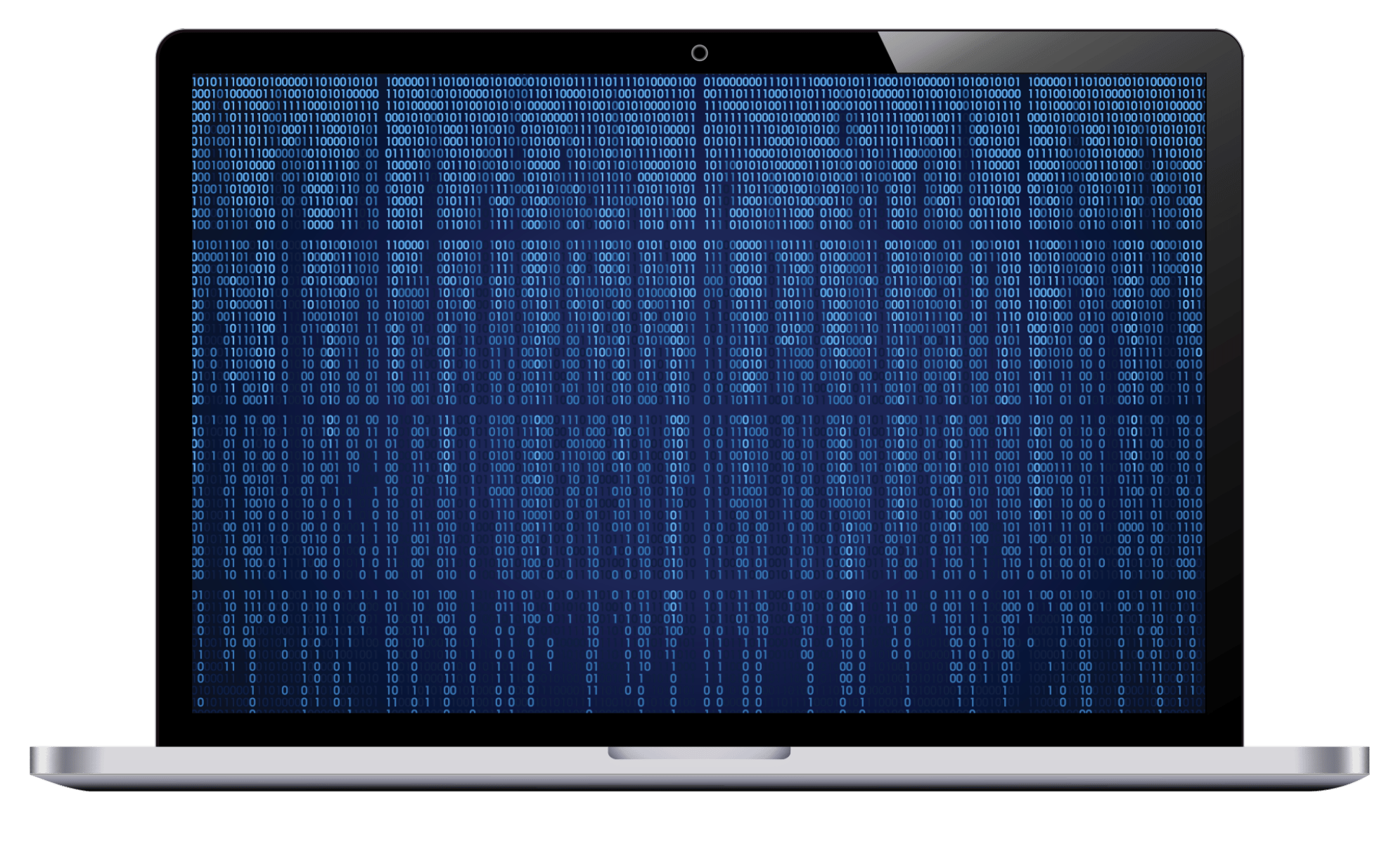



Clinical and business leaders at a leading U.S. hospital rely on an email with a daily dashboard to manage business operations. To create this single source of insight, staff must coordinate data from across the organization and outside the hospital.
A Day in the Life
with DataOps
Look at their day




Inside the day of
clinical and business leaders at a leading U.S. hospital
With DataOps
Without DataOps
Without DataOps
Flip the switch to see their day with DataOps
Choose an icon to explore the team’s data challenges
Business intelligence (BI) managers must manually collect data from multiple sources, including the hospital’s electronic medical record (EMR) system, relational database, SQL server databases that host financial and operational data, the hospital’s internal laboratory information system, external labs, analytics platform, and assets running in the AWS cloud.











BI analysts need to manually run and coordinate jobs, gather their results, and build the dashboard, leaving no margin for error if they want to meet their 8 a.m. deadline.

Any downstream system issue means precious time wasted as the team has to stop everything and investigate what happened.

The team struggles with latency issues. The internal laboratory information system provides real-time data, but the relational database has one-day latency, and this must be built into the dashboard.

The team spends most of its time monitoring jobs and processes instead of using analytics and data to improve hospital operations and patient care.



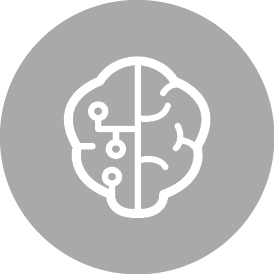


With DataOps
Choose an icon to discover how DataOps helps the team manage data challenges

Reports are accurately generated and delivered on time, allowing the hospital to better manage precious resources and provide the necessary care to patients.


APIs extract real-time data from the internal laboratory information system while accounting for the latency in the relational database, and then import automatically for dashboard generation.

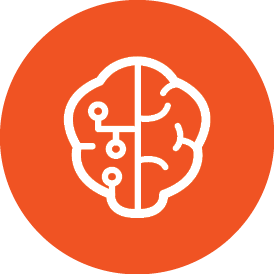
Predictive analytics detect potential delays or failures before they happen so the team can proactively fix issues.


Automation monitors workflow execution and provides alerts if there are any upstream job failures that could delay data availability for the dashboard.

The hospital uses DataOps to automate, orchestrate, monitor, and troubleshoot the numerous data exchanges that need to occur to produce the daily dashboard.


“Once we automated all that activity, the ‘daily blast’ email that we need to get out by 8 a.m. now comes out at 3:30 in the morning. Everything is orchestrated, and that’s been great for us.”
Leading U.S. Hospital
- Senior BI Architect,
See the benefits of DataOps

Choose an icon to explore the team’s data challenges
Choose an icon to discover how DataOps helps the team manage data challenges






















Business intelligence (BI) managers must manually collect data from multiple sources, including the hospital’s electronic medical record (EMR) system, relational database, SQL server databases that host financial and operational data, the hospital’s internal laboratory information system, external labs, analytics platform, and assets running in the AWS cloud.





Flip the switch to see their day with DataOps
What are the benefits of DataOps?


End-to-end workflow connectivity


End-to-end workflow connectivity between any application, any data source, and all critical systems of record, mainframe to cloud
In-depth workflow observability


In-depth workflow observability with intelligent predictive analytics and reports
Auditing


Auditing for compliance and governance
Logs and output capture


Logs and output capture and management



DataOps with BMC

See the benefits of DataOps



BMC can help you orchestrate data workflows on-premises and in the cloud with our industry-leading Control-M solution. It manages complex workflow dependencies during ingestion and processing of data in many modern data platforms such as Amazon EMR, Azure Data Factory, Google Big Query, Spark, Hadoop, and Snowflake. You get an end-to-end view of data pipelines at every stage, from ingestion and processing to storage and analytics.
DataOps with BMC
Discover how DataOps leverages analytics to drive actionable business insights.
Learn more
